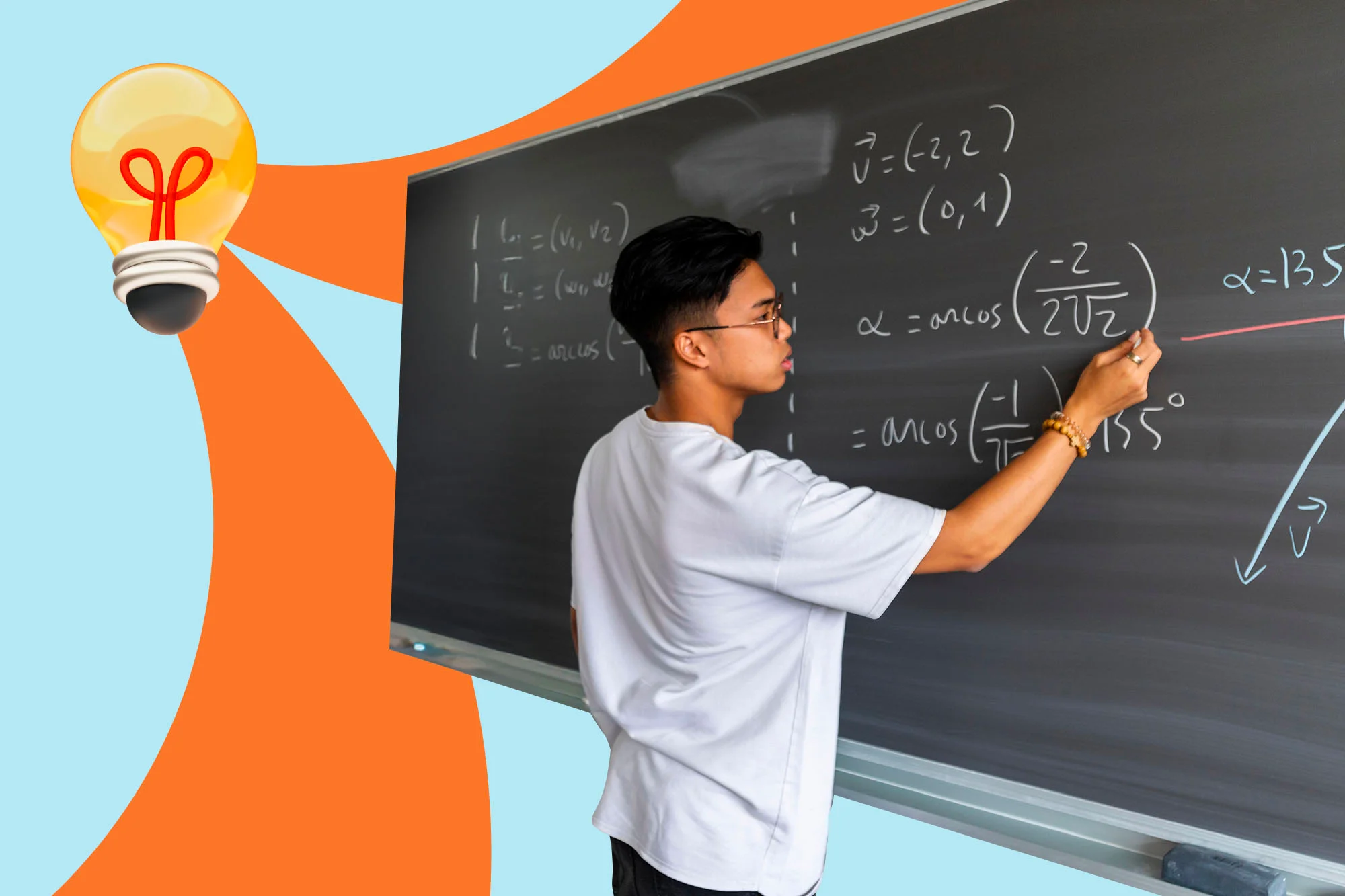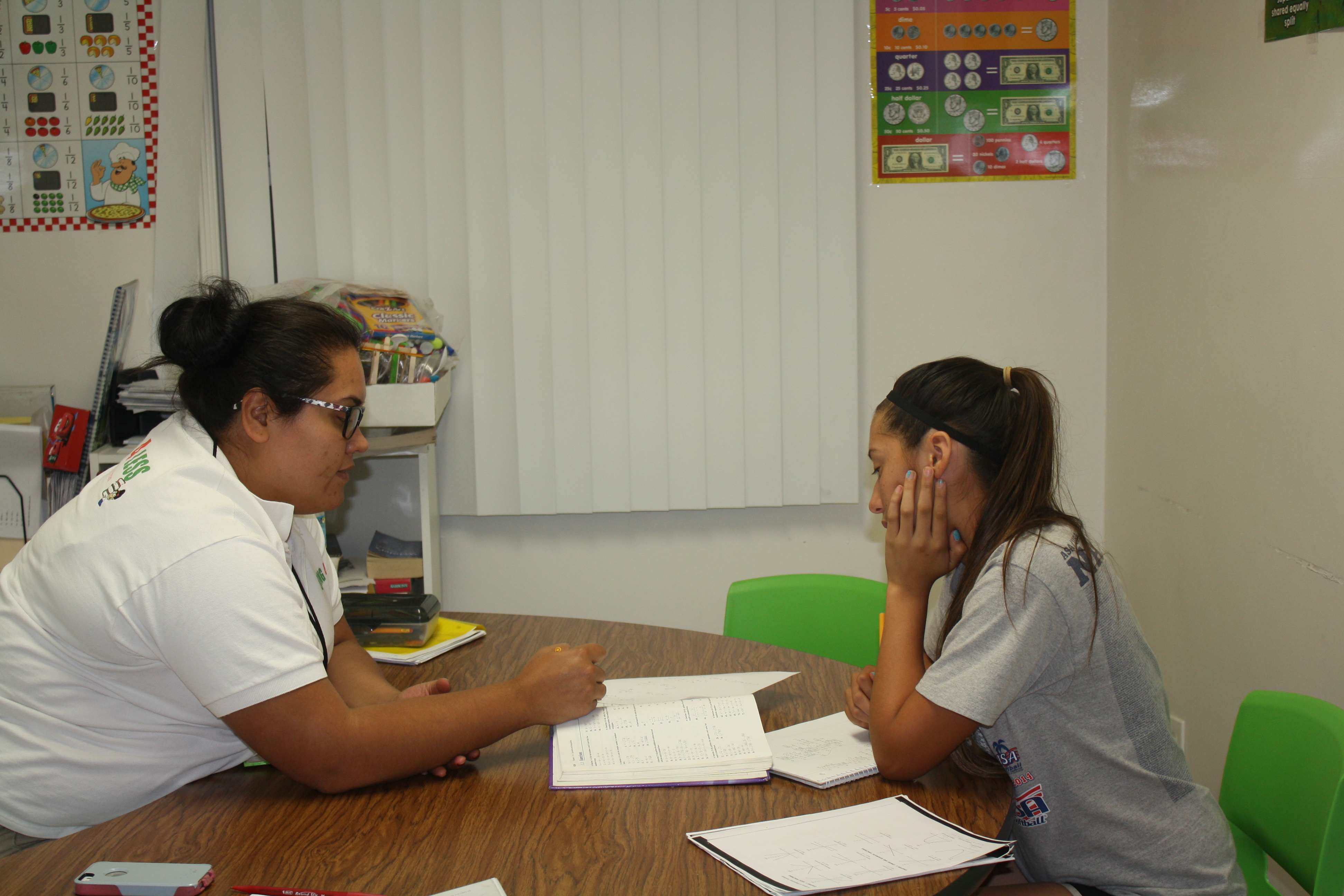A student-focused roadmap To tackling complex numbers With algebra 2 tutoring
Wiki Article
The Comprehensive Insurance Coverage of Algebra 2 Tutoring: Key Concepts and Abilities for Proficiency
Algebra 2 tutoring offers a wide spectrum of important concepts and abilities essential for students to achieve proficiency in mathematics. This incorporates an in-depth understanding of polynomial features, complex numbers, and logarithmic formulas, to name a few. Each subject improves the previous one, developing a cohesive framework for analytical. The application of these principles in real-world scenarios highlights their value. Yet, there stay essential areas that can better boost a pupil's mathematical journey.Recognizing Polynomial Functions
Exactly how do polynomial features shape the landscape of algebra? These basic expressions, including variables increased to non-negative integer powers, work as the backbone of lots of algebraic ideas. They can be characterized by their level, which suggests the highest power of the variable, and their coefficients, which establish the function's behavior. Polynomial functions exhibit distinctive buildings, such as continuity and smoothness, enabling them to model a range of real-world situations. Their visual representations feature curves that can demonstrate different actions, including intercepts and turning points. Understanding polynomial functions involves understanding procedures such as enhancement, department, multiplication, and subtraction, in addition to factoring techniques. This foundational expertise is crucial for fixing equations and inequalities. By realizing polynomial features, pupils develop important analytic skills and get insight into extra complex mathematical principles, leading the way for innovative researches in algebra and past.Grasping Intricate Numbers

Meaning and Residence
Complex numbers, a keystone of innovative algebra, expand the concept of one-dimensional number lines to a two-dimensional plane. Specified as varieties of the kind (a + bi ), where (a) and (b) are genuine numbers and (i) represents the imaginary system with the residential or commercial property (i ^ 2 = -1 ), these numbers have unique homes. The actual part (a) suggests the straight axis, while the imaginary part (b) suggests the upright axis in the facility aircraft. Key homes include their ability to stand for services to polynomial equations that do not have real services and their closure under addition, multiplication, division, and reduction (except by zero) This framework permits a deeper understanding of mathematical ideas and applications across numerous areas.Workflow With Complex Numbers
Workflow with complex numbers develop an important facet of algebra that boosts mathematical understanding and analytical capabilities. Intricate numbers, expressed in the form (a + bi), where (a) and (b) are genuine numbers, call for certain procedures like enhancement, reduction, division, and reproduction.Addition and subtraction involve combining like terms, while multiplication utilizes the distributive home and the reality that (i ^ 2 = -1) Division of complex numbers necessitates increasing the numerator and denominator by the conjugate to eliminate the fictional component in the denominator. online algebra 2.
These procedures not just strengthen foundational algebra skills however likewise prepare students for more innovative subjects, such as polynomial equations and quadratic features. Proficiency of intricate number operations equips students with critical analytical tools.
Discovering Logarithmic Equations
In the study of logarithmic formulas, comprehending the residential properties of logarithms is essential for effective analytical. These homes provide the fundamental tools needed to manipulate and simplify logarithmic expressions. By understanding these ideas, students can with confidence take on a selection of logarithmic formulas.Comprehending Logarithm Properties
Logarithm properties play a necessary role in streamlining and solving logarithmic formulas, offering an organized approach to comprehending their behavior. These residential properties include the power, item, and ratio guidelines. The item rule specifies that the logarithm of a product is the sum of the logarithms of its factors. Alternatively, the quotient guideline shows that the logarithm of a quotient is the distinction of the logarithms. The power policy reveals that the logarithm of a number increased to a backer can be expressed as the backer increased by the logarithm of the base. Mastery of these properties enhances one's capability to adjust logarithmic expressions, providing a foundation for dealing with extra complex equations and functions come across in advanced algebra.Solving Logarithmic Equations
Exactly how can one successfully address logarithmic formulas? To take on these formulas, it is crucial to utilize properties of logarithms. First, one need to combine logarithmic expressions utilizing the power, item, and ratio policies. This simplification often changes the formula right into a much more workable form. Next, converting logarithmic formulas to their rapid type can reveal the unidentified variable. The formula (log_b(x) = y) equates to (x = b ^ y ) Additionally, inspecting remedies is important to assure they do not create extraneous outcomes, especially when taking care of logarithms. By methodically applying these methods, individuals can with confidence navigate and fix logarithmic formulas, enhancing their general understanding and proficiency of this mathematical principle.Examining Sequences and Series
Series and collection might initially appear complex, they are essential concepts in algebra that expose patterns and connections within numbers. A sequence is a listing of numbers prepared in a specific order, usually specified by a formula or policy. Recognizing the types of series, such as arithmetic and geometric series, allows pupils to identify the underlying patterns effectively.On the other hand, a series is the sum of the regards to a sequence. Assessing series entails recognizing unlimited and finite series, along with calculating their amounts read this when relevant. Pupils learn crucial strategies, such as utilizing solutions for the amount of arithmetic and geometric series, which enhance estimations.
Mastering series and collection furnishes trainees with vital problem-solving abilities, enabling them to tackle more intricate mathematical concepts. This structure is vital for their proceeded success in algebra and higher-level mathematics.
Solving Reasonable Expressions and Formulas

When resolving sensible formulas, one should separate the variable, typically by cross-multiplying to get rid of the fractions. It is important to look for peripheral options, as increasing both sides can present values that do not please the initial formula. In addition, students should understand restrictions on the variable, as particular values can make the denominator absolutely no, making the expression undefined.
Understanding Conic Sections
Conic sections are geometric figures derived from the junction of a plane and a dual cone. These areas consist of circles, ellipses, parabolas, and hyperbolas, each distinguished by unique properties and equations. Recognizing conic sections is crucial for trainees as they check out the connections in between algebra and geometry.
Circles are defined by a constant range from a facility factor, while ellipses result from an airplane puncturing both cones, developing a closed contour. Parabolas occur from an aircraft parallel to the axis of the cone, illustrating a U-shaped graph. Hyperbolas, on the various other hand, happen when the airplane halves both converges of the cone, causing two distinctive, open contours.
In Algebra 2, mastering conic sections includes recognizing their typical formulas, graphing them accurately, and identifying their essential features, such as axes, emphases, and vertices. This fundamental knowledge prepares pupils for more innovative mathematical principles.
Applying Charts and functions
Charts and features serve as basic tools in Algebra 2, making it possible for students to design relationships in between variables and envision mathematical ideas. Proficiency of these elements allows students to interpret data, recognize trends, and make forecasts based upon well established patterns. Pupils discover various kinds of features, consisting of direct, quadratic, polynomial, sensible, and exponential, each with unique characteristics and applications.Graphing these features includes recognizing key features such as intercepts, asymptotes, and slopes, which provide insights into their habits. In addition, pupils learn to transform functions with changes, representations, and stretches, improving their capability to control and evaluate graphical depictions.
Using functions in real-world contexts better solidifies comprehension, as students take on issues involving profit margins, population development, and physics equations. This useful application bridges theoretical understanding with substantial end results, promoting a deeper appreciation for the importance of features and graphs in daily life.
Often Asked Inquiries
Just How Can I Boost My Problem-Solving Skills in Algebra 2?
To improve analytic skills in Algebra 2, one should practice routinely, seek diverse problems, make use of on the internet sources, team up with peers, and focus on understanding underlying concepts instead of remembering treatments, fostering deeper comprehension and application.What Resources Are Recommended for Additional Algebra 2 Practice?
Recommended sources for added Algebra 2 practice consist of online systems like Khan Academy, books with technique problems, and tutoring services. Participating in math online forums can also provide varied analytical techniques and joint discovering chances.Exist Online Tutoring Options Available for Algebra 2?
Yes, many online tutoring alternatives exist for Algebra 2 (advanced algebra). Platforms like Khan Academy, Chegg Tutors, and Wyzant deal personalized aid, video lessons, and interactive workouts, satisfying various finding out styles and timetables for trainees looking for supportJust how Do I Get ready for Algebra 2 Tests Successfully?
To prepare effectively for Algebra 2 tests, one should assess essential principles, practice troubles on a regular basis, use on-line resources, create study hall, and take practice tests to recognize staminas and fancies targeted other renovation.
What Prevail Misunderstandings Students Have in Algebra 2?
Pupils commonly misinterpret the importance of fundamental ideas, thinking they can avoid requirements. They may additionally have a hard time with abstract thinking, perplexing features with equations, and misunderstanding the function of variables in algebraic expressions.Understanding complex numbers is crucial for pupils in Algebra 2, as these numbers extend the actual number system to fix equations that lack actual services. These procedures not only go enhance foundational algebra skills yet also prepare pupils for more sophisticated topics, such as polynomial formulas and quadratic functions. Sensible expressions and equations stand for important parts of algebra, including portions where the numerator and denominator are polynomials. In Algebra 2, grasping conic sections involves recognizing their common formulas, graphing them precisely, and recognizing their key features, such as foci, axes, and vertices. Applying features in real-world contexts additionally strengthens understanding, as pupils deal with problems including profit margins, population growth, and physics formulas.
Report this wiki page